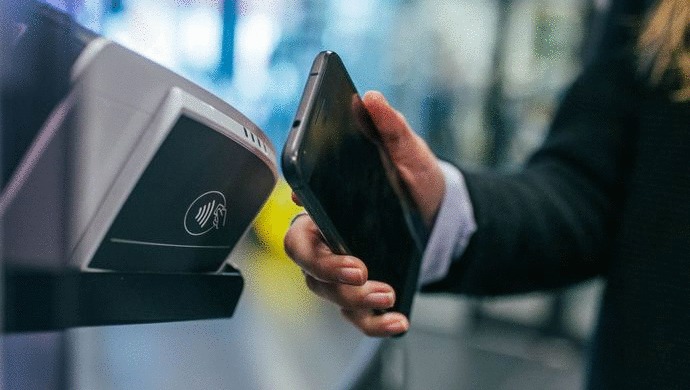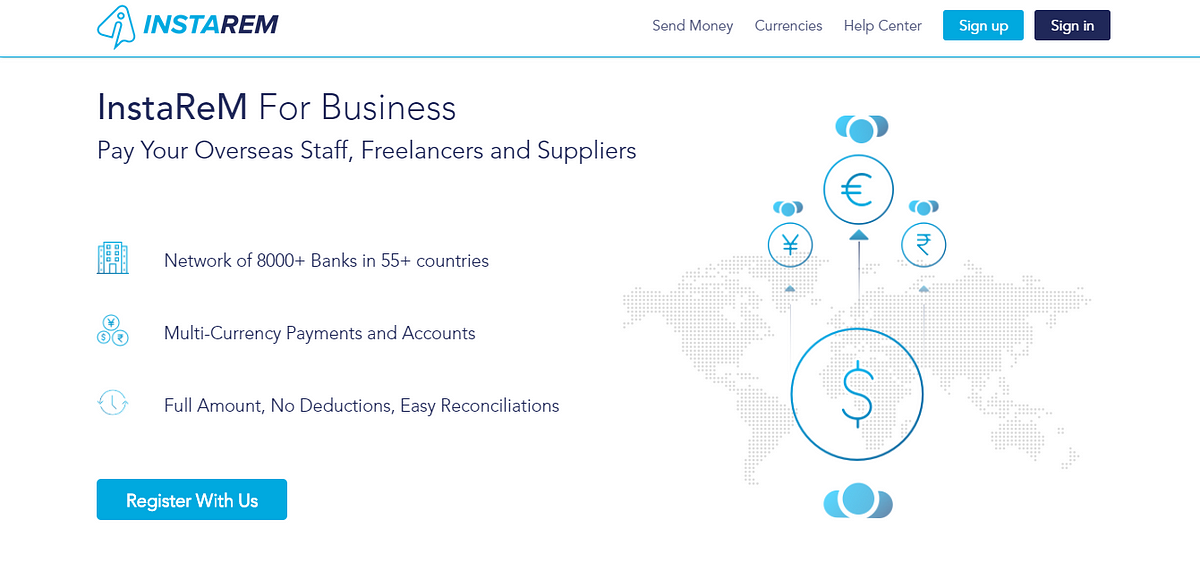Depending on where you are in the world, the term ‘fintech’ can conjure up lots of different mental images

This story originally appeared on MDI Ventures’ blog, Island Cap.
While tech companies in Silicon Valley are focusing on sophisticated technology like AI-powered robo-traders for the stock market or mobile apps to make wealth management easier, startups in Southeast Asia are focused on something far more fundamental.
Fintech in Southeast Asia may one day soon mirror that of the West. But before that can even start to happen, local tech founders and funders need to get the region’s gargantuan unbanked population off the bench and into the game. The name of that game is basic financial inclusion. Let’s take a look from 30,000 feet.
Back in 2016, global auditing giant KPMG claimed that only 27 per cent of people in Southeast Asia had a bank account. This meant there was an absolutely mammoth gap when it came to financial inclusion, with about 438 million unbanked humans in the region. When the data came out, in places like Cambodia the number was crazy low (around five per cent).
In 2019, observable progress has been made. Some experts claim that the region’s banked population now sits at 47 per cent — likely as a result of new tech and innovations coupled with government support. But still, that means we’re not even halfway there yet.
In all of Asia Pacific, Indonesia is seen by many as the most valuable untapped market for digital finance. In terms of population, the archipelago represents around 40 per cent of Southeast Asia. In 2019, 66 per cent of the country’s more than 260 million population remains unbanked.
Different investors have different theories about what fintech verticals to focus on. There are three that my firm is taking deadly serious.
Remittances

The word ‘remittance’ is often used to say sending money overseas to a friend or loved one. In the past, there was no fast or inexpensive way to do this, but today, there are multiple digital platforms cropping up that put wire transfers to shame.
The Asia Pacific digital remittance market size was valued at US$31.2 billion in 2016, and is projected to clock in at nearly US$216 billion by 2025, growing at a compound annual rate of 24.2 per cent over the next six years.
Also Read: E-scooter startup Beam sets up operations in Malaysia
As a time capsule frame of reference, we like to look at the Indian market, which today is already pulling in more than US$80 billion in annual remittances. The same thing will soon happen here in Southeast Asia, with Indonesia as ground zero.
The archipelago is already beginning to show signs of a sprouting market. That’s why we invested in a Singapore-based fintech company called InstaReM — a cutting-edge remittance-focused firm that aims to make Indonesia its focal point.
This is something that really resonated with us because Indonesia has a massive base of migrant workers living abroad who routinely send money back home. A recent World Bank study found that more than nine million Indonesians work abroad, which is roughly seven per cent of the country’s total labour force.
Overseas Indonesians are currently on track to be sending more than US$9 billion back to the archipelago annually. These workers are among the country’s top foreign exchange earners and their contributions account for roughly one per cent of the nation’s GDP.
In the past, Southeast Asia’s unbanked population would have needed to find some way to collect remittances in cash. The amount that a bank would charge the friend or loved one to send payments via overseas wire transfers also — paradoxically — acted as a weird little perverse incentive to remain unbanked (e.g. “Bank fees are too much. Why bother? Just send cash…”).
Now, with companies like InstaReM, people in Indonesia can get their remittances instantly via mobile phone. There are no hidden charges and users get mid-market rates with no margins added. Money can be pulled out directly from one’s local bank account.
Suddenly, the unbanked have a decent incentive to open a checking account.
Digital credit

In developed markets like the US, we can start to see a paradigm shift from plastic credit cards to mobile digital ones. But in emerging Southeast Asian markets like Indonesia, it looks like bank-issued physical credit cards will just never be a thing.
A laughable three per cent of the population uses them despite a bona fide e-commerce boom. Instead, the market is more likely just going to leapfrog straight into mobile digital payments, inclusive of credit or ‘pay later’ options.
After seeking to understand how Indonesian e-shoppers have behaved over the past decade, we invested in a company called FinAccel, with its flagship service Kredivo — a digital offering which the media succinctly referred to as “essentially the combination of a digital credit card and PayPal.”
In short, Kredivo turns the user’s phone number into a digital credit card and provides a dedicated checkout area on local e-commerce sites (think Tokopedia, Lazada, and Traveloka). Kredivo offers the buyer a 30-day payback option, but also longer-term options of three, six, and 12-month payback windows. The 30-day option doesn’t incur any interest, but other plans do.
The bottom line, when it comes to the prospect of purchasing stuff online and paying for it later, is that cash-on-delivery is no longer applicable. This means consumers in Indonesia would need to open a bank account if they want to have this great credit payment option available to them.
To date, FinAccel is our largest portfolio company, having raised a US$30 million series B funding round toward the end of 2018.
Branchless banking

While easy remittances and digital credit may be excellent carrots to get people to join the formal financial sector in Southeast Asian emerging markets, in the end, we are not leaving this up to chance. We understand that convenience is the single most important ingredient for getting consumers into the banking system.
The problem in places like Indonesia is that it’s not at all convenient.
Also Read: Being the apex of the APAC is no menial feat for an outsider, says BigCommerce Director of Asia
The nation is a sprawling archipelago with more than 17,000 islands. The majority of its population lives in rural areas, where bank branches are scarce. The ones that do exist are filled to the brim day-in and day-out. Basic infrastructure and geography obstacles also make long-distance travel to the nearest bank a legitimately painful undertaking for those who have traditionally lived on cash.
This is why MDI Ventures invested in Payfazz, the first Indonesian startup to be accepted into Silicon Valley’s Y Combinator program. The platform coordinates with banks to build out a distributed network of bank agents that can operate anywhere, independent of a brick-and-mortar branch.
A Payfazz agent gets a balance from a bank and then acts as the middleman between a potential customer and said bank. The endgame is to have a distributed network of banking touch-points dispersed throughout rural and under-served communities in Indonesia.
Want to open a bank account in rural Madura? No problem. Just go visit your neighbour.
As you can see, in the end, it all comes down to banking the unbanked. In order to do it, we need to provide real incentives for consumers, while also making it painless to open an account. We routinely help smart global backers get in on Southeast Asia’s budding fintech game.
—
Island Cap is MDI Venture’s blog, and a place for one-of-a-kind insights, analysis, theories, and key perspectives on Indonesia’s venture capital game as we know it.
e27 publishes relevant guest contributions from the community. Share your honest opinions and expert knowledge by submitting your content here.
The post 3 promising fintech verticals in Southeast Asia appeared first on e27.
Source: E27
Guide to Starting a Business in Singapore: Essential Costs and Steps for Entrepreneurs

